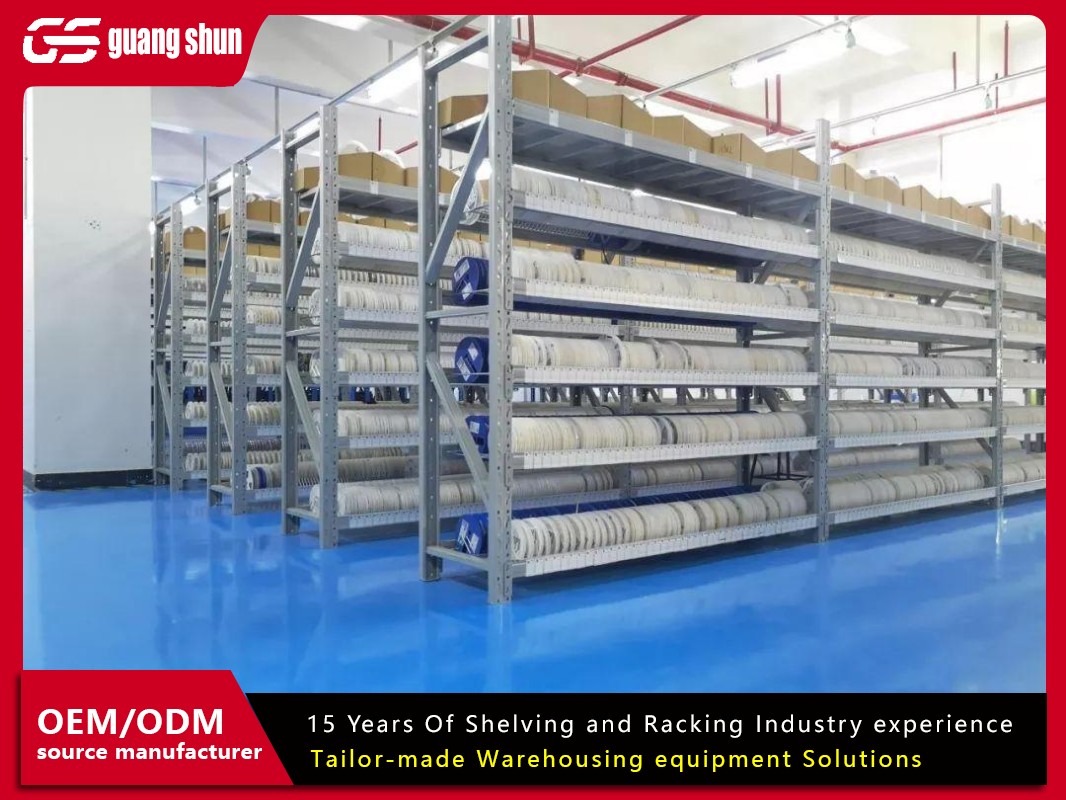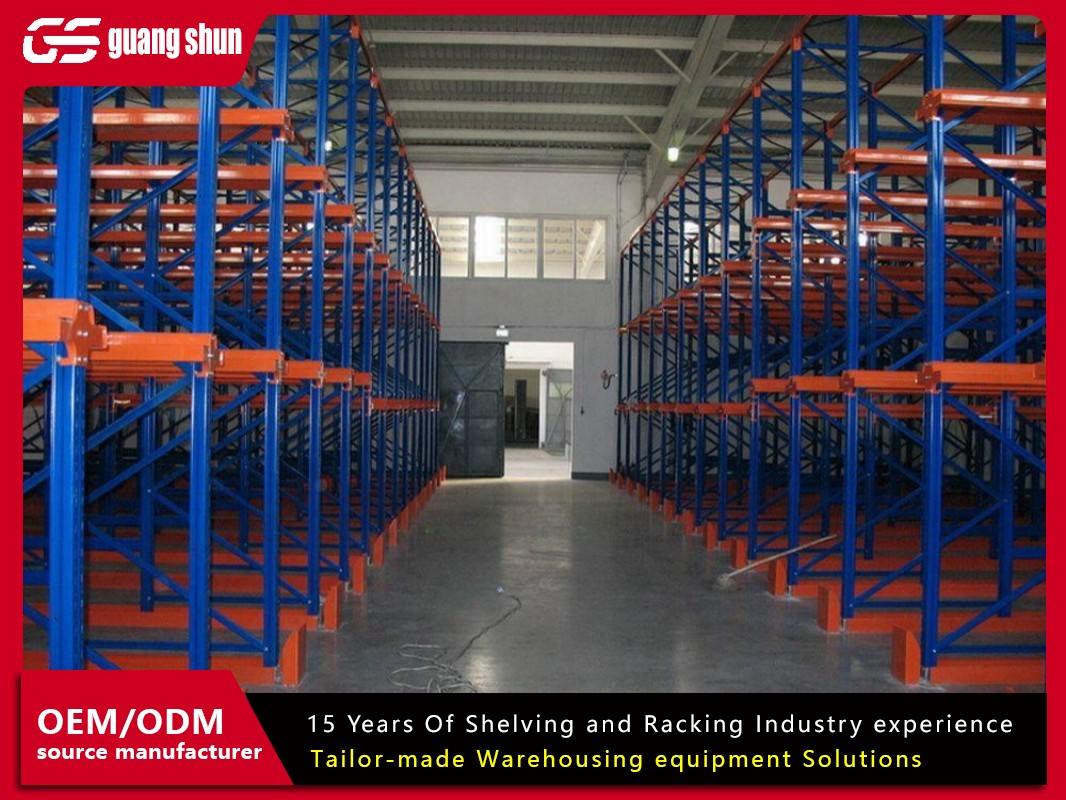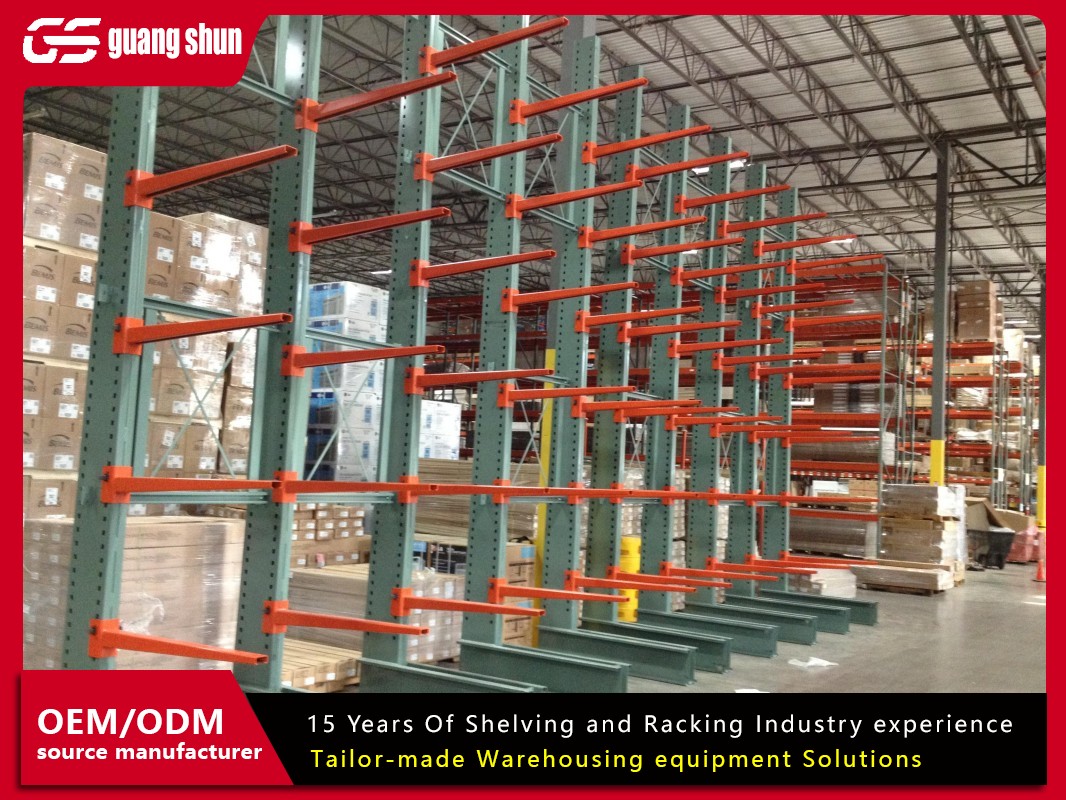In the world of logistics and supply chain management, efficiency is everything. The heart of any efficient warehouse is its storage system, and the undisputed champion of storage systems is industrial racking for warehouse storage. Far more than just simple shelves, a well-designed racking system is a complex, engineered structure that maximizes your cube, protects your inventory, and streamlines your operations.
Choosing the right system is a critical decision that impacts everything from daily productivity to long-term scalability. This comprehensive guide will walk you through seven essential aspects of racking for warehouse storage, helping you understand your options, and we'll also delve into the common problems that can arise without proper planning and maintenance.
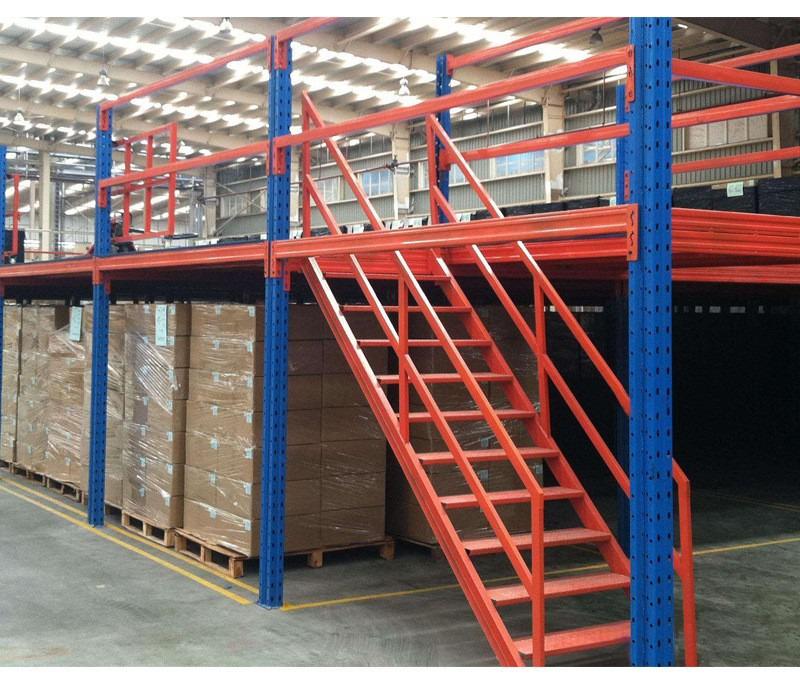
What is Racking for Warehouse Storage and Why is it Crucial?
Racking for warehouse storage refers to the physical structures, typically made of steel, designed to store palletized goods, bulk items, or smaller bin-based inventory in an organized and accessible manner. Its primary purpose is to utilize the vertical space within a warehouse, dramatically increasing storage capacity without expanding the building's footprint.
The importance of an effective racking system cannot be overstated. It directly influences:
Space Utilization: Maximizing cubic space by storing goods upward.
Inventory Accessibility: Ensuring products can be stored and retrieved quickly and safely.
Organization and Efficiency: Creating a logical flow for operations like picking, packing, and shipping.
Safety: Protecting both your workforce and your inventory from accidents and damage.
Cost-Effectiveness: Providing a high return on investment by optimizing the value of your real estate.
Major Types of Racking for Warehouse Storage Systems
Not all warehouses are the same, and neither are their storage needs. The type of racking for warehouse storage you choose depends on your product variety, turnover rate, and operational style.
Selective Pallet Racking: The most common and versatile system. It allows direct access to every pallet, making it ideal for warehouses with a high SKU count. It consists of upright frames and horizontal beams, creating individual pallet locations.
Drive-In/Drive-Thru Racking: A high-density system where forklifts drive directly into the rack structure to store and retrieve pallets. It's perfect for storing large quantities of similar products (e.g., beverages, canned goods) with low SKU counts. Drive-thru racking allows access from both ends.
Push-Back Racking: A dynamic system where pallets are stored on nested carts on slightly inclined rails. When a new pallet is loaded, it pushes the existing pallets back. Retrieval works in reverse (Last-In, First-Out or LIFO). It offers good density with better selectivity than drive-in systems.
Pallet Flow Racking: A high-density, high-throughput system that uses gravity. Pallets are loaded on a high end and flow on wheel or roller tracks to the unloading end (First-In, First-Out or FIFO). It's excellent for perishable goods or products with a high rotation.
Cantilever Racking: Designed for long, bulky, or irregularly shaped items like timber, pipes, or furniture. It features a vertical column with arms that extend outward, providing unobstructed access from the side.
Mezzanine Flooring: While not racking itself, a mezzanine creates a second or third level within your warehouse, effectively doubling your floor space for storage, offices, or production areas.
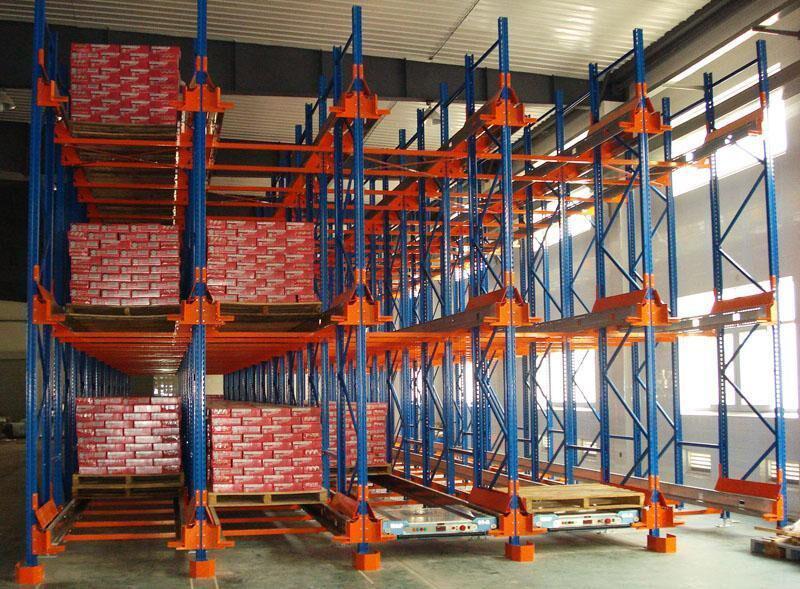
Critical Factors in Designing Your Racking Layout
Designing your racking for warehouse storage layout is a strategic process. Rushing this stage leads to costly problems down the line. Key factors to consider include:
Inventory Analysis: Understand your SKU profile, pallet sizes and weights, and turnover rates (ABC analysis).
Forklift Type and Capabilities: The racking design must accommodate the clearances and lifting heights of your material handling equipment (e.g., reach trucks, counterbalance forklifts).
Building Constraints: Consider ceiling height, floor condition, column placement, and sprinkler system requirements.
Operational Workflow: Map out the flow of goods from receiving to storage to shipping. The layout should minimize travel time and congestion.
Future Growth: Design with scalability in mind. Will your business grow? Your system should be able to adapt without a complete overhaul.
The Non-Negotiable: Safety and Load Capacity
Safety is the paramount concern with any racking for warehouse storage system. These structures bear immense weight, and failure can be catastrophic.
Load Capacity: Every component of a racking system—uprights, beams, wire decking—has a specified load capacity. It is absolutely critical to never exceed these ratings. The load capacity must account for the weight of the pallet and the product.
Professional Installation: Racking must be installed by trained professionals according to the manufacturer's specifications and local safety codes. Improper installation compromises the entire system's integrity.
Rack Protectors: Column and end-of-aisle guards are essential to protect the uprights from accidental forklift impacts, which are a leading cause of racking failure.
Regular Inspections: Implement a formal inspection program. Employees should perform daily visual checks, and a qualified professional should conduct a formal annual inspection.
Common Problems and Pitfalls with Warehouse Racking
Even the best systems can encounter issues. Being aware of these common problems is the first step to preventing them.
Exceeding Load Capacity: The most dangerous mistake. Overloading beams can lead to bending, buckling, and total collapse.
Forklift Damage: Impacts from forklifts are inevitable but manageable. Even a small dent in an upright frame can reduce its load-bearing capacity by up to 20% or more. Damaged components must be replaced immediately.
Improper or Missing Decking: Wire mesh decking is not just for holding boxes; it provides crucial horizontal stability to the entire bay. Missing or incorrectly sized decking weakens the structure.
Poorly Secured Loads: Pallets must be stable and secure. Leaning, damaged, or irregularly stacked pallets can fall, causing injury and damage.
Ignoring Building Codes and Standards: Racking systems must comply with standards like OSHA (Occupational Safety and Health Administration) in the US and SEMA (Storage Equipment Manufacturers' Association) guidelines. Non-compliance risks fines and accidents.
Unsafe Modifications: Never modify racking by welding, drilling, or cutting beams or uprights. This alters the engineered properties of the steel and voids its warranty and safety certifications.
Cluttered Aisles and Poor Lighting: Blocked aisles hinder safe forklift operation and emergency evacuation. Inadequate lighting increases the risk of accidents and impacts.
Maintenance and Inspection Protocols for Longevity
Proactive maintenance is far cheaper than reactive repairs or disaster recovery. A robust protocol for your racking for warehouse storage includes:
Daily Visual Checks: Train warehouse staff to spot and report damage immediately. This includes bent beams, dented uprights, loose connectors, or misplaced decking.
Formal Scheduled Inspections: A designated safety officer or a third-party expert should perform a detailed inspection at least annually. This involves checking plumb, anchor integrity, and using a precision tool to measure deflection in beams and uprights.
Immediate Damage Control: Have a clear process for tagging and quarantining damaged racking until it can be repaired or replaced by a qualified technician. Never use damaged racking.
Documentation: Keep a log of all inspections, damage reports, and repairs. This creates a safety record and helps track recurring issues.
The Future: Trends and Innovations in Racking Systems
The world of racking for warehouse storage is evolving with technology. Key trends include:
Automation Integration: Racking systems are increasingly designed to work seamlessly with automated storage and retrieval systems (AS/RS), robotic pickers, and conveyor systems.
High-Density Solutions: As land costs rise, warehouses are turning more to push-back, pallet flow, and mobile racking systems (where entire rows of racking move on tracks) to squeeze maximum capacity from their space.
Data-Driven Design: Using warehouse management system (WMS) data to optimize slotting—placing fast-moving items in the most accessible locations within the racking layout.
Advanced Materials and Engineering: Lighter but stronger steel alloys and improved engineering software are creating racking that can hold more weight with less material, sometimes allowing for narrower aisles and even higher density.
Investing in the right racking for warehouse storage is a strategic decision that lays the foundation for your entire operation's efficiency, safety, and profitability. By understanding the different types of systems, prioritizing a well-thought-out design, and committing to a rigorous safety and maintenance culture, you can avoid common pitfalls and ensure your warehouse is built for success. Remember, your racking is the backbone of your warehouse—treat it with the care and respect it deserves.
If you're planning a new system or auditing an existing one, always consult with a reputable storage solutions provider or a professional engineer to ensure your setup is optimized, safe, and ready to meet the demands of your business.



